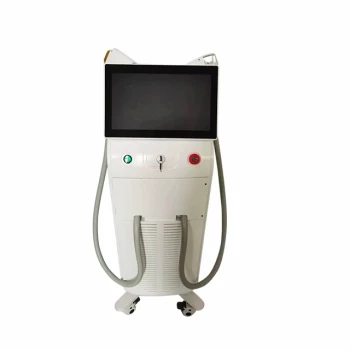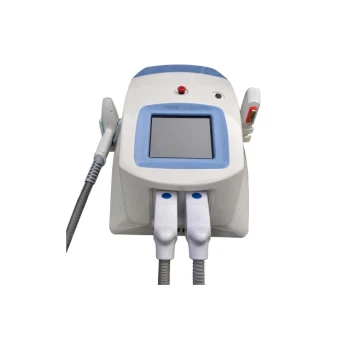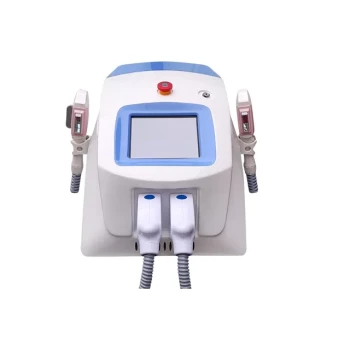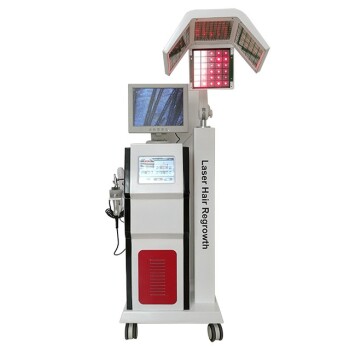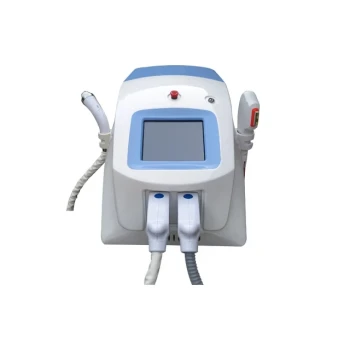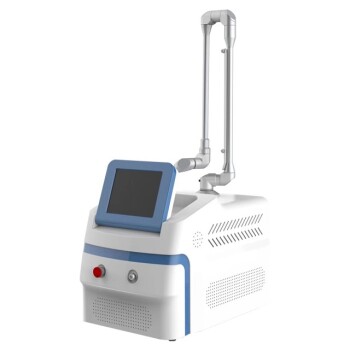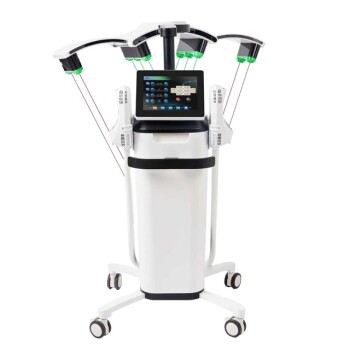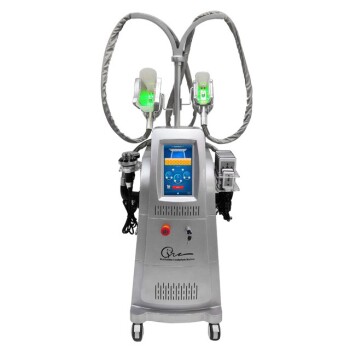The short answer is no, not in the way most people think. Laser hair removal is officially classified by the FDA as a method for permanent hair reduction, not permanent hair removal. This distinction is critical: while it can permanently destroy treated hair follicles, it does not guarantee that new ones will never develop or that every single hair will be gone forever.
The core principle to understand is that laser hair removal provides a significant and lasting reduction in the amount and thickness of hair, but it is not a guarantee of complete, lifelong hairlessness in the treated area.

How Laser Hair Removal Actually Works
To understand the results, you must first understand the mechanism. The process is a targeted application of science, not a simple cosmetic treatment.
Targeting the Hair Follicle
Laser hair removal works by emitting a concentrated beam of light that is absorbed by the melanin, or pigment, in your hair. This light energy converts to heat, which damages the hair follicle responsible for producing hair.
This targeted damage is what inhibits or delays future hair growth. The process is most effective when there is a clear contrast between the hair color and skin color.
The Importance of the Growth Cycle
Hair grows in three distinct phases: anagen (growth), catagen (transition), and telogen (resting). A laser can only effectively destroy a follicle when the hair is in the anagen phase, as this is when the hair is actively attached to the follicle.
Because only a fraction of your hairs are in the anagen phase at any given time, multiple treatment sessions are required to target all follicles as they cycle through their growth phases.
"Permanent Reduction" vs. "Permanent Removal"
The terminology used by regulatory bodies like the FDA is intentional and precise. It is designed to set realistic expectations for patients.
What the FDA Means
The term "permanent hair reduction" is defined as a long-term, stable reduction in the number of hairs re-growing after a treatment regimen. Any hair that does regrow is often finer, lighter, and less noticeable than before.
What This Looks Like in Practice
For most people, a full course of treatments will result in a dramatic reduction of hair in the target area. After the initial sessions are complete, you may require periodic maintenance treatments—perhaps once or twice a year—to address any new growth.
This new growth isn't necessarily the old, treated follicles coming back to life. Instead, it can be new follicles that have been activated due to hormonal changes or follicles that were dormant during the initial treatments.
Understanding the Key Influencing Factors
Results are not universal and can vary significantly from person to person. Several factors play a critical role in the effectiveness of the treatment.
Hair Color and Skin Tone
The ideal candidate has dark, coarse hair and light skin. The laser targets the melanin in the hair, and the contrast between dark hair and light skin allows the laser to focus its energy on the follicle with minimal impact on the surrounding skin.
Hormonal Changes
Conditions that cause hormonal fluctuations, such as pregnancy, menopause, or Polycystic Ovary Syndrome (PCOS), can trigger the growth of new hair. This can make it seem as though the laser treatment was not permanent, when in fact it is simply new hair development.
Treatment Consistency
Failing to complete the full recommended series of treatments or spacing them too far apart will compromise your results. Consistency is crucial for ensuring the laser has a chance to target every follicle during its active growth phase.
Making the Right Choice for Your Goal
Ultimately, laser hair removal is a trade-off between cost, time, and the level of permanence you desire. Understanding your primary objective is key to determining if it's the right solution for you.
- If your primary focus is a dramatic, long-term reduction in hair and a significant decrease in shaving or waxing: Laser hair removal is an extremely effective solution.
- If your primary focus is the guaranteed, 100% permanent removal of every single hair forever: You may need to adjust your expectations or consider methods like electrolysis, which treats hairs individually but is a much more time-intensive process.
Making an informed decision based on realistic outcomes is the best way to ensure you are satisfied with your results.
Summary Table:
| Key Aspect | Reality of Laser Hair Removal |
|---|---|
| FDA Classification | Permanent Hair Reduction |
| Primary Goal | Dramatic, long-term reduction in hair growth |
| Hair Regrowth | Often finer, lighter; may require maintenance |
| Ideal Candidate | Dark, coarse hair & light skin |
| Key Factor | Targets hair follicles in active growth (anagen) phase |
Achieve Confident, Long-Lasting Results with Professional Equipment
If you are a medical aesthetics clinic or premium beauty salon looking to offer your clients the most effective and reliable laser hair removal treatments, the quality of your equipment is paramount.
BELIS specializes in professional medical aesthetic equipment, designed to deliver superior performance, safety, and consistent results. Our advanced laser systems ensure you can provide the 'permanent reduction' outcomes your clients desire, enhancing your service quality and building client trust.
Ready to elevate your treatments? Let our experts help you choose the right technology for your practice.
Contact BELIS today for a consultation and discover how our professional solutions can benefit your business.
Visual Guide
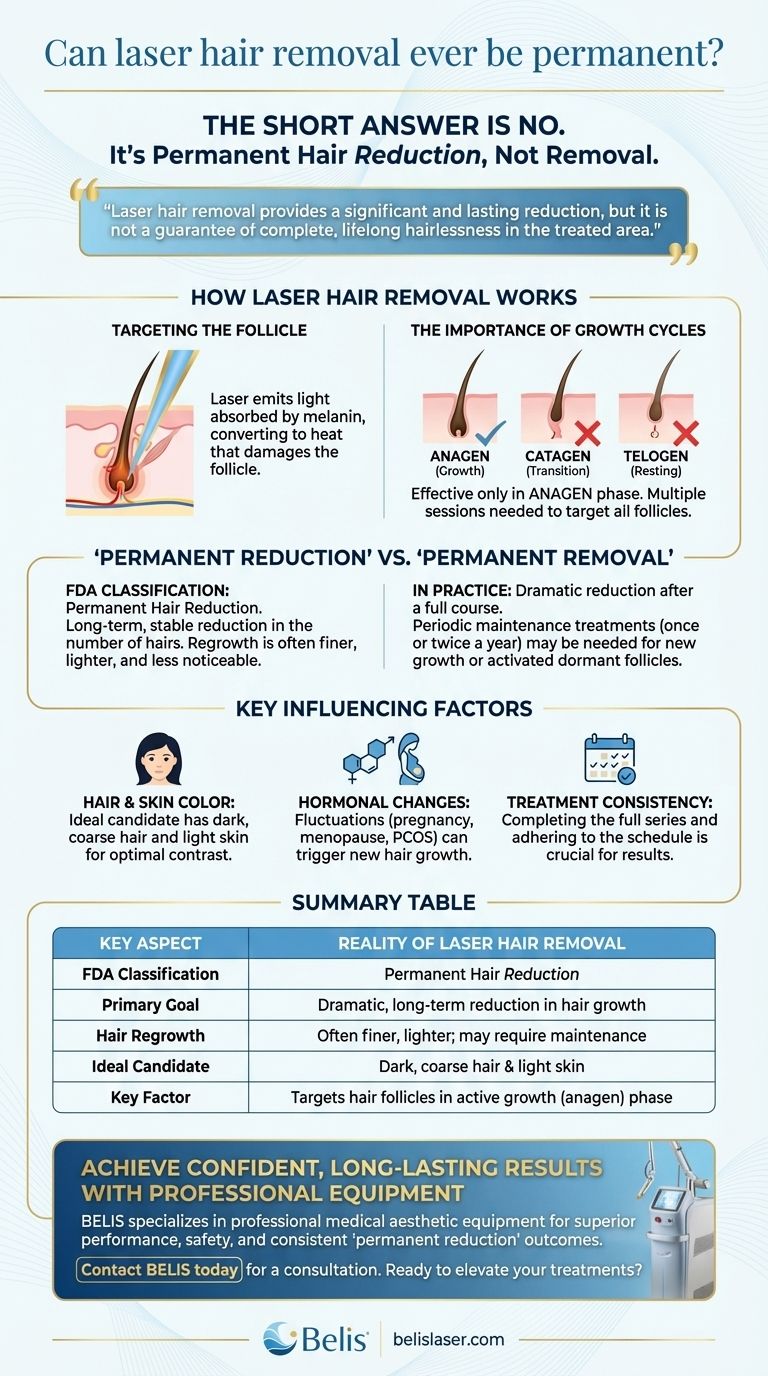
Related Products
- Trilaser Diode Hair Removal Machine for Beauty Clinic Use
- Clinic Diode Laser Hair Removal Machine with SHR and Trilaser Technology
- Diode Laser SHR Trilaser Hair Removal Machine for Clinic Use
- Clinic Use IPL SHR ND YAG Laser Hair Removal RF Skin Tightening Machine
- Diode Tri Laser Hair Removal Machine for Clinic Use
People Also Ask
- Can you use laser hair removal on intimate areas? Achieve Lasting Smoothness and Comfort
- Who is not a good candidate for laser hair removal? Ensure Your Safety and Results
- How can I maximize my laser hair removal results? A Guide to Optimal Treatment and Safety
- Is it safe to do laser every 2 weeks? The Critical Timing for Safe & Effective Results
- Who is not suitable for laser hair removal? A Safety Guide to Assess Your Candidacy




